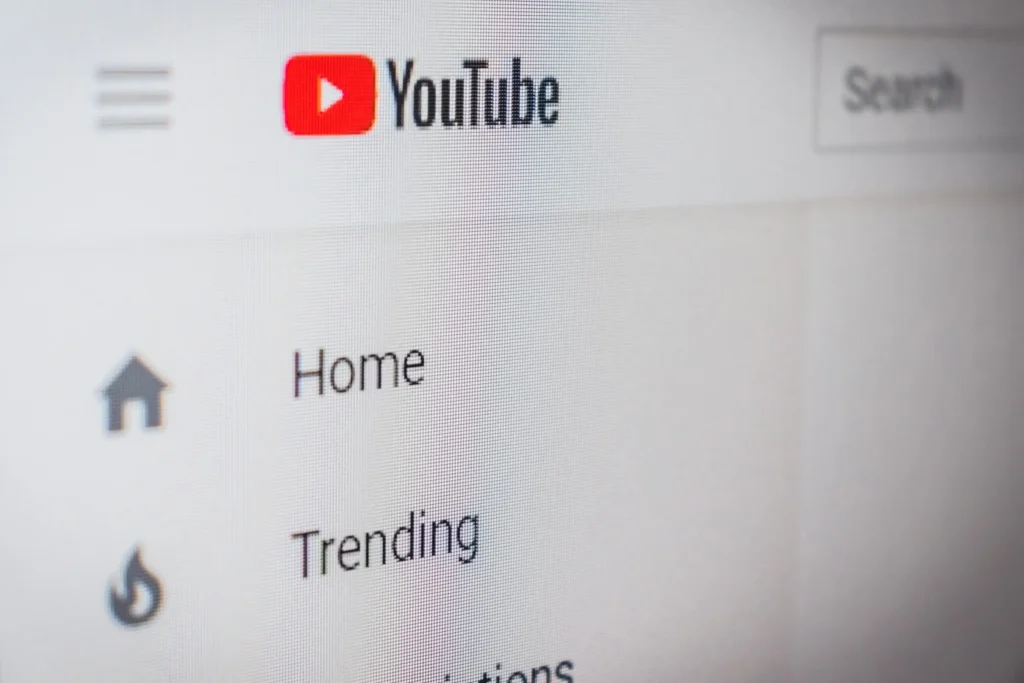YouTube TV, the popular live TV streaming service, has announced that it will be raising its subscription prices yet again. Starting from next month, subscribers will be charged $72.99 per month, up from the current $64.99 per month. This represents a significant increase of over 12%, and brings YouTube TV closer to the pricing of traditional cable TV services. In this article, we’ll take a closer look at what this means for consumers and the streaming industry as a whole.
Why is YouTube TV raising its prices?
This is not the first time YouTube TV has raised its prices. The service increased its subscription fees from $49.99 per month to $54.99 per month in 2019, and then to $64.99 per month in 2020. Now, less than a year later, another price hike is being introduced. YouTube TV claims that the increase is due to rising programming costs, which have been exacerbated by the ongoing COVID-19 pandemic. This is a common explanation used by cable and satellite TV providers when they raise their prices, and it seems that streaming services are now following suit.
What does this mean for consumers?
For current YouTube TV subscribers, the price hike means they will be paying almost $100 more per year for the service. This could be a significant expense for some users, especially in the current economic climate. While YouTube TV remains one of the more affordable live TV streaming services, it is still a considerable expense for many people. Additionally, YouTube TV’s competitors, such as Hulu + Live TV, fuboTV, and Sling TV, are likely to raise their prices in response to this move, making live TV streaming even more expensive for consumers.
Is live TV streaming becoming too expensive?
The rising cost of live TV streaming services is a concern for many consumers, as the services were initially marketed as a cheaper alternative to traditional cable and satellite TV. However, with prices now approaching or even surpassing cable TV rates, some people are questioning the value of these services. Furthermore, many streaming services, including YouTube TV, are now offering a large number of channels, which could be viewed as a move away from the original concept of cord-cutting.
What are the alternatives for consumers?
For consumers looking to save money on live TV, there are still some options available. One alternative is to subscribe to individual streaming services, such as Netflix or Amazon Prime Video, which offer a variety of TV shows and movies but not live TV. Another option is to use an antenna to receive over-the-air broadcasts of local channels. This requires an initial investment in equipment, but after that, it is a free way to access a limited selection of live TV. Finally, some consumers may decide to cancel their live TV streaming subscriptions altogether and rely solely on on-demand streaming services.
What does this mean for the streaming industry?
YouTube TV’s price hike is just the latest move in an ongoing trend of rising prices in the streaming industry. As the costs of producing and licensing content continue to increase, it seems likely that other streaming services will follow suit. This could result in a situation where cord-cutting is no longer a viable option for many people, and traditional cable TV providers regain their dominance. However, it is also possible that new, more affordable streaming services will emerge to challenge the status quo.
Conclusion
The news of YouTube TV’s latest price hike is sure to be unwelcome for many consumers, particularly those already struggling with the economic impact of the pandemic. While the service remains one of the more affordable live TV streaming options.





More Stories
How Google Search Lost Its Edge and What It Means for the Web
Web 3.0: The Next Generation of the Internet
Meta’s Threads: A New Social Media Sensation or a Legal Nightmare?